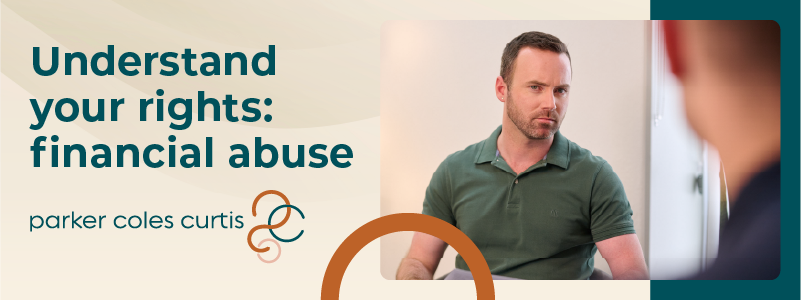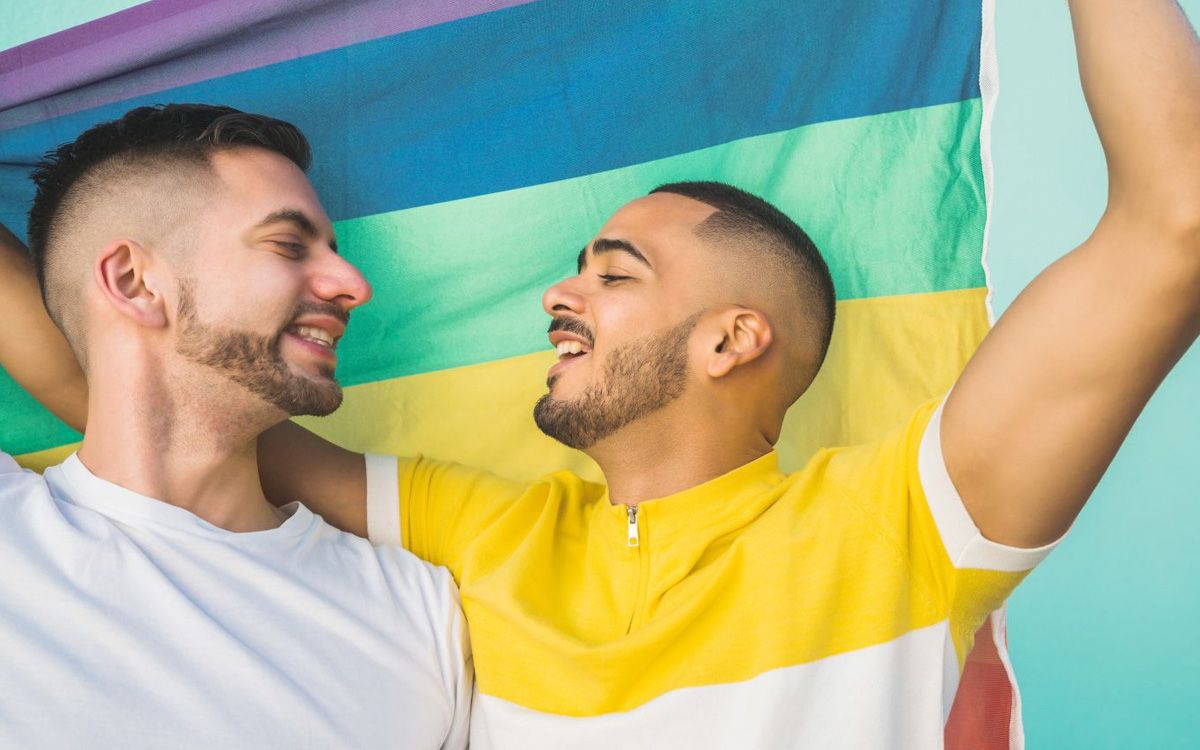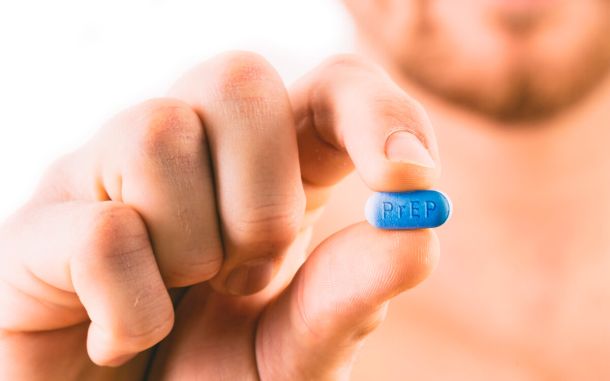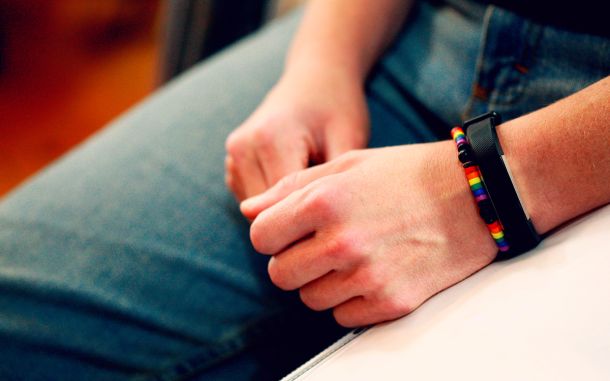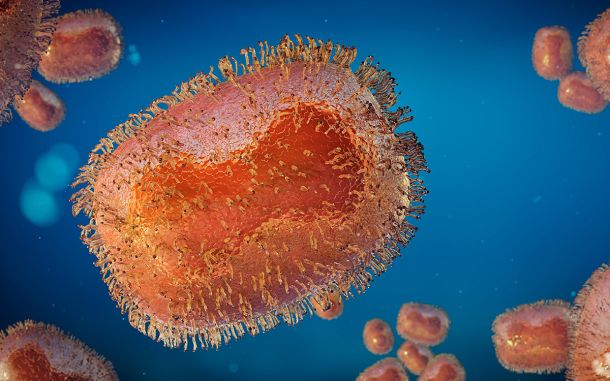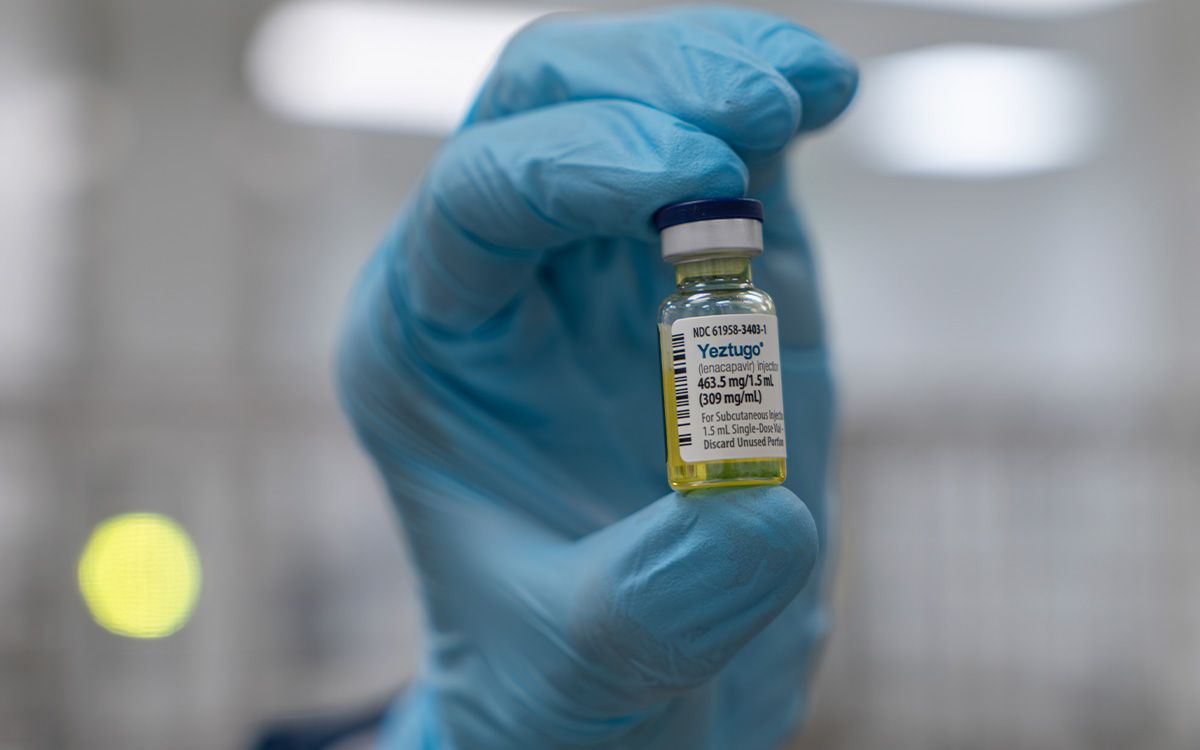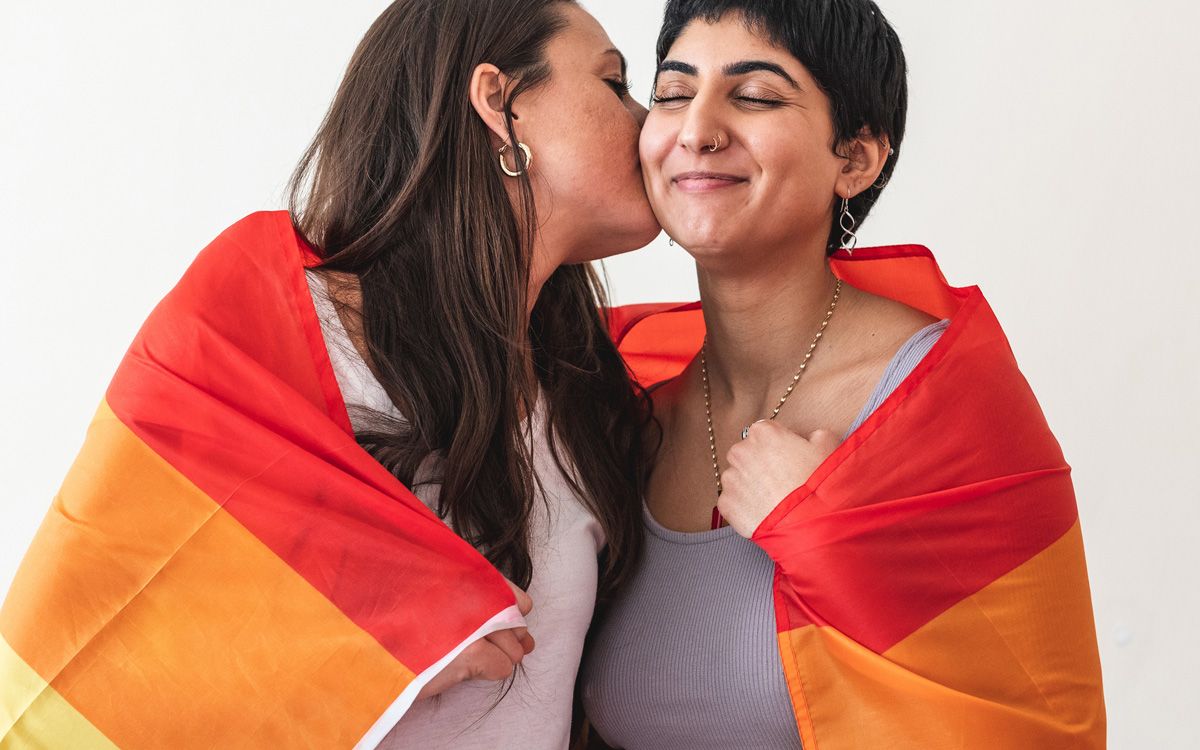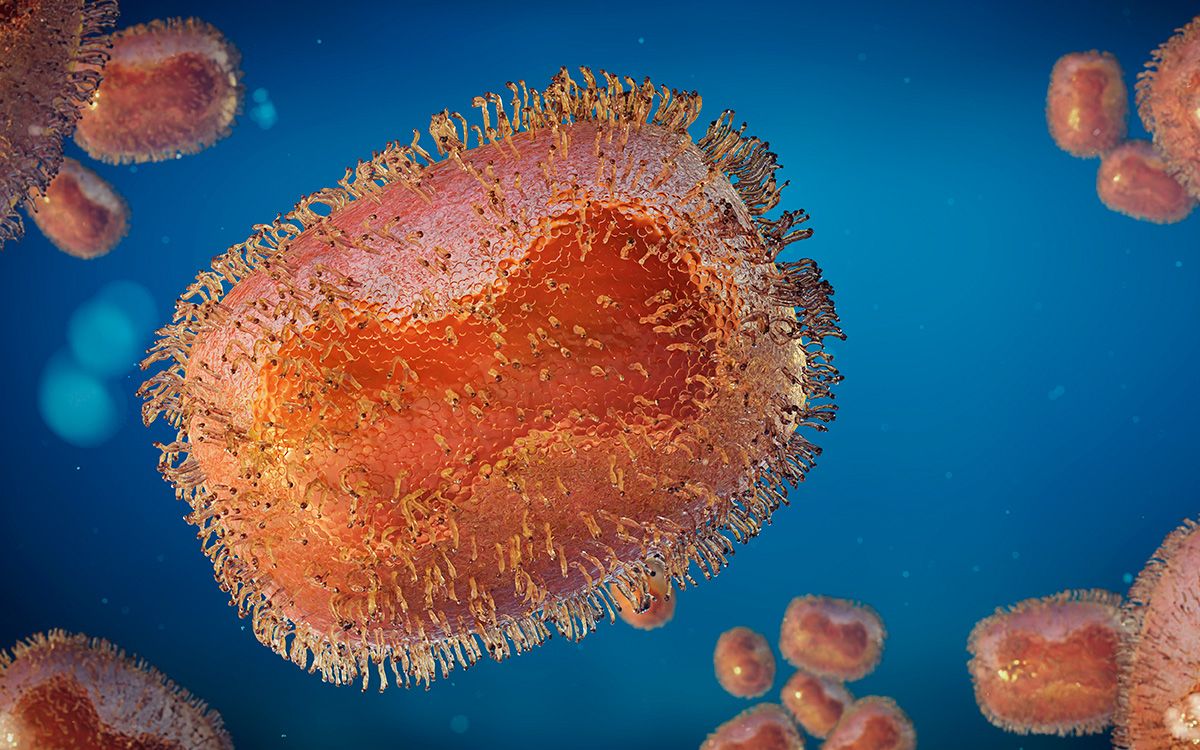The precise details will depend on which training provider wins the government’s grant. The tender will have a strong body of evidence to draw on, which shows the challenges LGBTQIA+ people face in health care – and what it would take to make mainstream services more inclusive.
Why is this needed?
Many LGBTQIA+ Australians lead happy and healthy lives. But, unfortunately, a disproportionate number experience significantly poorer health outcomes compared to the general population.
LGBTQIA+ Australians are more likely to experience depression, anxiety and psychological distress. They also have higher rates of suicidal thoughts, self-harm and suicide.
Many of these health inequalities stem from experiences of discrimination and stigma. These can lead LGBTQIA+ people to avoid health services for routine as well as preventive care (such as screening and regular check-ups).
LGBTQIA+ Australians are also less likely to have a regular GP. And they report lower levels of satisfaction with the care they receive.
They are also more likely to live with disability or long-term health conditions and have unmet health needs. For some groups, such as trans and gender-diverse Australians, these health disparities are even getting worse.
This points to the unique and diverse needs of different groups within the LGBTQIA+ community.
For example, young people are more likely to have elevated mental health distress. Some communities have higher rates of HIV, while others face barriers to preventive care. For instance, trans men and non-binary people may miss out on cervical cancer screening.
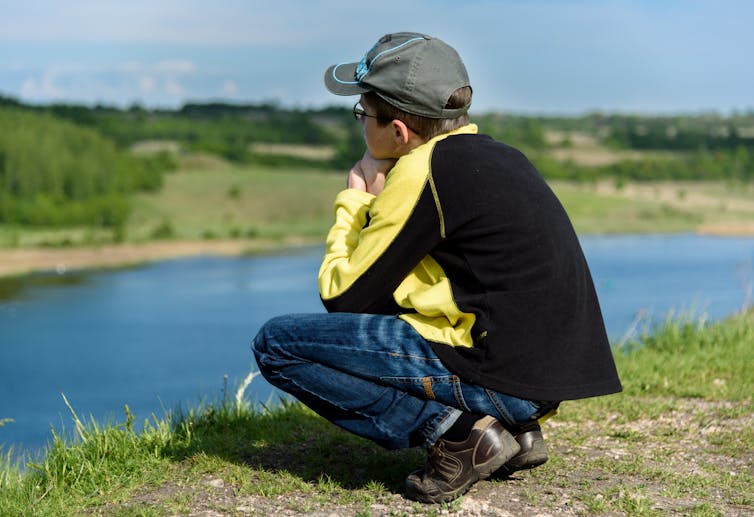
What does ‘inclusive, culturally safe’ care look like?
Inclusive and safe health care means more than just rainbow posters in the waiting room. It’s a concrete change in how care is delivered.
At a basic level, this involves respectful communication – using a patient’s correct pronouns and chosen name, and avoiding assumptions about their body, relationships or identity.
For example, an inclusive GP will ask open-ended questions (“do you have a partner?”) rather than presume a patient’s partner is of the opposite sex. They will not assume a trans patient’s health-care needs are only related to being trans.
Training might cover how to discuss sensitive topics (such as sexual behaviour or gender dysphoria) in a non-judgmental, inclusive way, and how to handle mistakes.
Making people feel safe to disclose their LGBTQIA+ status is also crucial. This has been shown to improve continuity of care and access to high-value preventive care. It may also help people disclose other sensitive issues, such as family violence.
When GPs and others in primary care understand LGBTQIA+ health needs, they’re better placed to make appropriate referrals – for example, to psychologists with relevant expertise or to specialist gender-affirming care services.
How this funding could help
This funding is part of the government’s ten-year national action plan to improve the health and wellbeing of LGBTQIA+ people.
The plan focuses on enhancing community-led and specialist LGBTQIA+ services (such as gender-affirming care or HIV medicine) and mainstream services, so they work better in tandem.
It was developed through extensive consultations with LGBTQIA+ communities across Australia. These consultations found inclusive primary care was a top concern.
Making “mainstream” health care more inclusive is important because it is the most frequently accessed point of care for most Australians, including LGBTQIA+ Australians.
An estimated 84% of LGBTQIA+ Australians use “mainstream” medical clinics for their primary health care. Only 6% use LGBTQIA+ specific clinics – in part, because they are not widely available.
Improving mainstream primary care for LGBTQIA+ Australians is therefore particularly important for those in rural areas, where there can be reduced access to specialist health-care providers. People should not have to hide who they are or travel long distances to get the care they need.
Translation into practice
The announcement will also fund a voluntary LGBTQIA+ accreditation program for health-care providers who meet best practice standards.
This means patients will be able to easily identify services that are “safe and trusted” for LGBTQIA+ communities. It could affect the look and feel of the waiting room, but will also be reflected in policies, procedures and management.
For example, accredited services should have intake forms that meet Australian Bureau of Statistics standards. Record-keeping would reflect options for diverse genders, titles and family structures. Patients would be assured their information is kept private and confidential, so they feel safe disclosing personal information.

Existing training resources have been available and processes such as Rainbow Tick accreditation have had modest take-up in some larger hospitals and community health centres.
But primary care providers are often overwhelmed by many other essential training needs and have under-utilised these offerings to date.
This funding will be a huge incentive for many of these clinicians and services to step up, as it signals a new level of priority.
If implemented effectively, this program could mark a significant step toward a health-care system where LGBTQIA+ Australians – whether a queer teenager in the city, a Brotherboy in a remote community, or an older trans woman in aged care – can get the care they need without discrimination or fear.
The challenge now will be turning this $10 million promise into real on-the-ground change. This means accrediting a majority of clinics, training thousands of health workers, partnering with LGBTQIA+ community organisations and ultimately ensuring every patient is treated with the understanding and respect they deserve.![]()
Karinna Saxby, Research Fellow, Melbourne Institute of Applied Economic and Social Research, The University of Melbourne; Mo Hammoud, Research Group Lead, LGBTQ+ Population Health Research Group, and Senior Research Fellow, HIV Epidemiology and Prevention Program, Kirby Institute, Faculty of Medicine and Health, UNSW Sydney, and Ruth McNair, Honorary Associate Professor of General Practice within Medicine, The University of Melbourne. This article is republished from The Conversation under a Creative Commons license.


